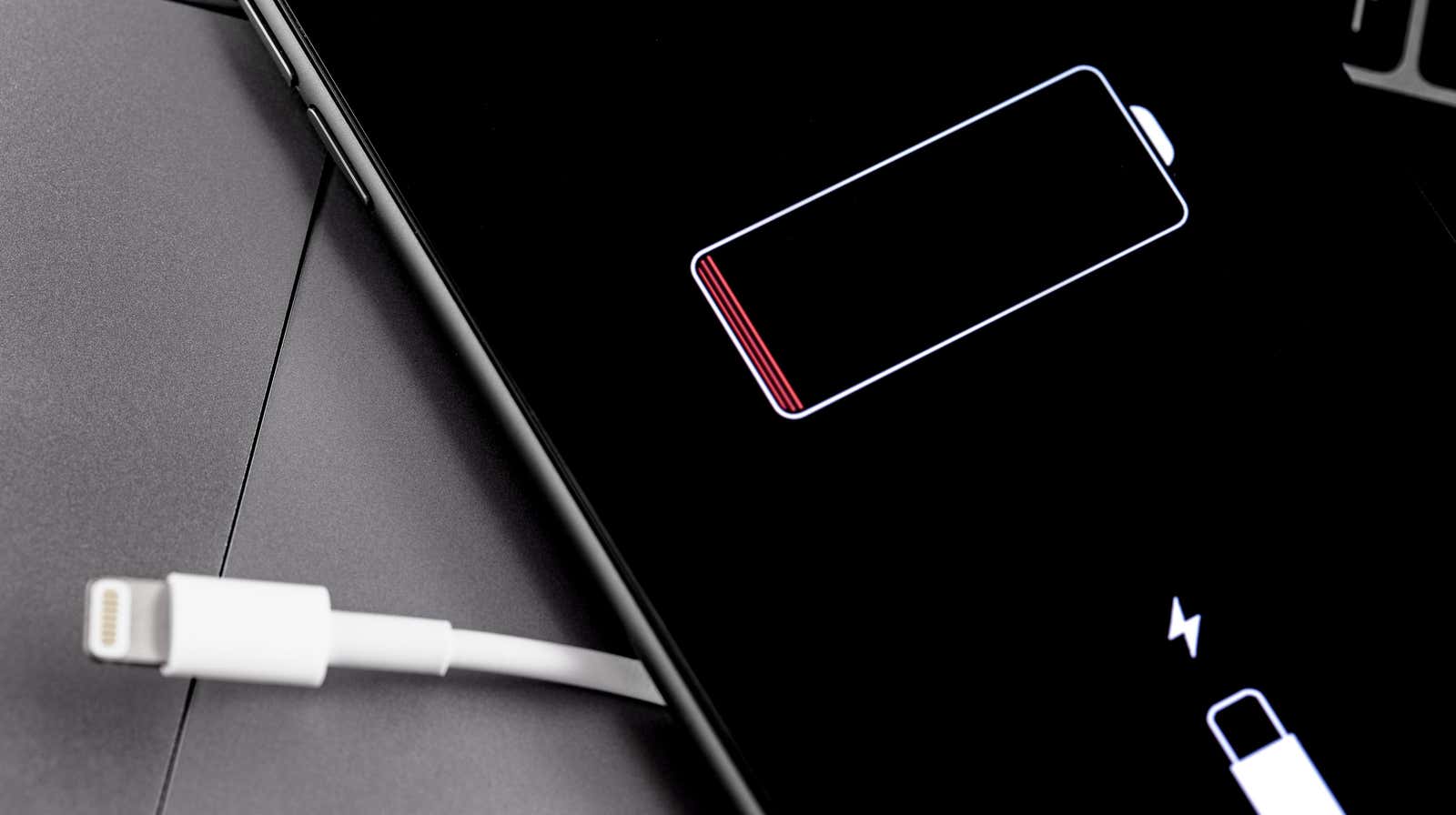Are You Charging Your Devices As Fast As Possible?

Perhaps you are thinking not so much about what to connect your phone, tablet, or laptop as looking for something that would give him energy. After all, if your device is plugged into a charger it won’t die, and that’s really the point. But not all chargers are created equal; If you are in the habit of plugging your devices into whatever port or outlet is most readily available, those devices may charge a lot slower than they need to.
Brief description of chargers
Chargers are usually in two parts; cable and power adapter. The power adapter is what many of us call the charging brick, it plugs into your wall outlet, and the cable obviously connects the power adapter to your device. You can sometimes charge without a power adapter by connecting one device to another, such as a computer, or to a USB outlet. In the case of wireless charging, the charging pad acts like a cable.
The cable is usually irrelevant for the charging speed; what’s really important is the power adapter. Some adapters are more powerful than others and capable of providing more battery power than their smaller counterparts. We measure this power in watts (W). If you look at your power adapters, you can probably see their rating somewhere on the device; 5W, 18W, 30W, etc.
We are also not talking about branded chargers. If your device only charges with a specific charger, you are going to use it. We’re talking mainly about USB devices, which can be versatile with cables and power adapters used for charging.
It’s not easy to know which charger to use
With all these different power adapters, it isn’t always obvious which one is best for your device. Some devices don’t make things easier either, especially smartphones. Apple has recently set the standard for no power adapter in its latest iPhones, a standard that other smartphone makers follow. While the company says this decision is dictated by environmental concerns, it leaves the consumer without a power adapter to charge their device. It also leaves the consumer with no idea what kind of power adapter he should be using for his device.
It’s not like Apple has helped a lot in the past, though. For years, Apple has included a measly 5W power adapter with its iPhones. This power adapter might be what you still use to charge your iPhone. It’s a shame too, because this 5W charger is slow to charge your iPhone.
Why knowing your limits is important
All devices have a peak current that they can draw from the power adapter. These devices can be connected to a power supply larger than they are rated because the device only draws the maximum current for which it is designed. If your phone is only rated at 27W and you plug it into a 35W charger, for example, that phone will still charge up to 27W. This is not dangerous.
You can also connect devices to power supplies that are lower than rated for those devices, which brings us back to the iPhone example. Apple introduced 15W fast charging with iPhone 8, 8 Plus and X. But the power adapter was 5 W. You can safely use this power adapter to charge your phone slowly, but you will need to buy a 15W power adapter to take advantage of the full charging speed.
Your best bet is to look at the specifications of your device. My iPhone 8 Plus, for example, can draw 15W of power. So, if I plug it into a 12W power adapter, I am not taking full advantage of its charging capabilities. If I plug it into an 18W power adapter, then I know my phone will charge as quickly as possible. On the other hand, the Galaxy Tab 7+ is rated for 45W fast charging. You will want to use a power adapter with this capacity or higher to maximize your charging speed. Anything below it takes longer to charge.
However, sometimes this information is difficult to find. In the case of laptops like the MacBook, your best bet is to ditch the charger that came with your device. For example, the MacBook Air M1 comes with a 30W power adapter. You can supply power to it with a smaller USB-C charger, but it will charge slowly – and it may actually lose power if you actively use your computer. However, using a larger power adapter will work as the computer is not consuming more than it can.
In short, larger power adapters are usually better. You won’t damage your device and you have a better chance of charging it as quickly as possible.
Wireless chargers – an exception
Wireless charging, while convenient, is a significantly slower charging technology than a traditional cable-based adapter. You need to buy the right wireless charger to use the highest speeds (if your phone can even handle them), but even so, they are not fast.
Unfortunately, you cannot toss a larger power adapter into a wireless charger and expect it to charge faster than its peak value. In this sense, they are a bit like the devices themselves; once they reach their peak, they have nowhere else to go.